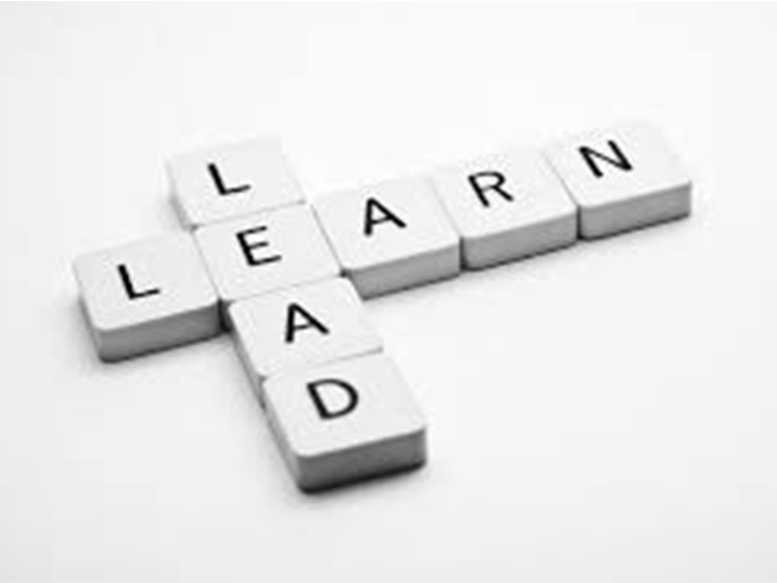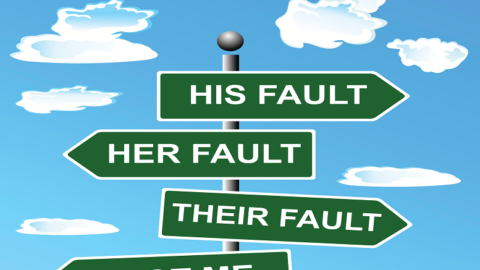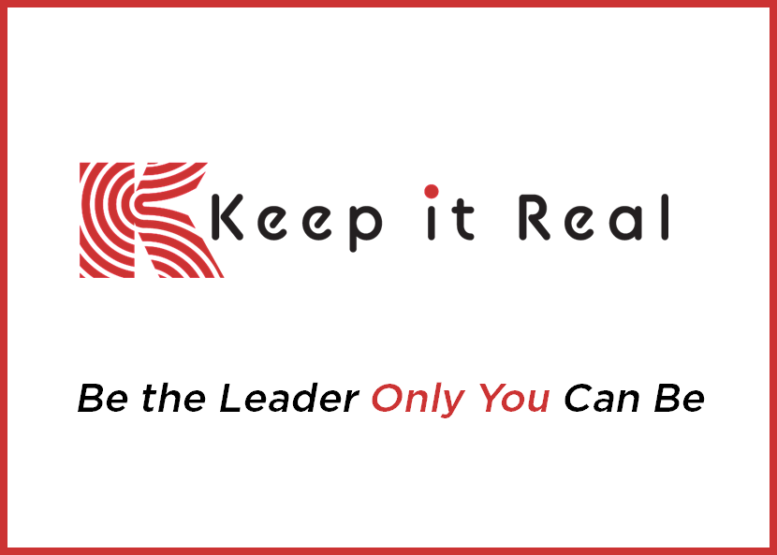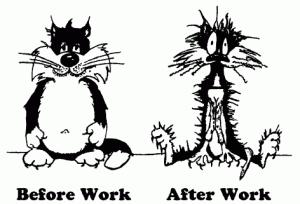In my last blog I wrote about the importance of leadership development at all levels. And, as I said, it is especially important for people to receive training as they make the transition from being an individual contributor to leading a team. With that being said, it is EQUALLY important that new leaders – and leaders at all levels – proactively share the responsibility for their own development. After all, “The road to success is not a path you find, but a trail you blaze.” (Robert Brault) Ya gotta put some skin in the game.
So, what is your responsibility, as a leader, in initiating and continuing your personal development?
First, become self-aware. Spend some time reflecting on the behaviors and skills that have helped you thus far in your career and be honest with yourself about those that have worked against you. If given the opportunity to take a personality assessment, 360-review, or candid conversation with your leader about your strengths and development areas – take it. Gaining self-awareness is the first step on your journey (blaze that trail!) to becoming an effective leader.
Create your personal vision, or as I like to call it, your leadership mantra. What kind of leader do you want to be? Who was the best leader you ever had? What was remarkable about them? In the leadership model I use – Lumina Leader – we look at four domains of leadership: Leading with Vision, Leading with Drive, Leading to Deliver, and Leading through People. As leaders, we should develop competency in each of these domains, yet we tend to operate most frequently in one or two of them. Here’s a brief description of each. Where do you see yourself?
Leading with Vision – focuses on strategy, innovation and inspiring the team.
Leading with Drive – provides the team with very clear direction and is focused on achieving excellence.
Leading to Deliver – strength lies in planning, follow-through and accountability.
Leading through People – focuses on coaching and developing the team and creating win-win partnerships.
Identify and acknowledge gaps. We don’t often associate humility with leadership and yet, the most effective leaders are willing to admit they don’t know it all. They are continuously learning. What are the areas you need to develop to become the leader you want (and need) to be? Make a list, make a plan, set some goals – create a trail map for your leadership journey.
Take action / be an advocate. Back to the other half of this leadership development shared responsibility. Once you have your trail map in hand, leverage any leadership development offered by your organization. If none is offered, advocate for it. Leadership development comes in many forms, and the most effective programs are a combination of them. Learning is a process, not just an event.
In my leadership development work with organizations, I’ve seen the greatest benefits come from programs where we used a variety of components from the following: workshops, mentoring or coaching, assessments, stretch assignments to apply the learning, teach-back sessions conducted by participants, leadership forums, required reading, etc.
When the responsibility for leadership development is shared, with leaders driving their personal development and organizations providing the opportunities and resources for them to do so, everyone succeeds.
Till next time,
Karen









